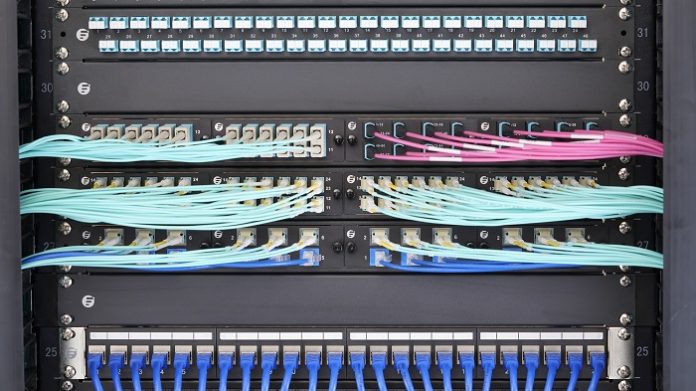Network racks are crucial for the proper operation and organization of data centers. They house all the essential equipment, such as servers, switches, power distribution units, and many more. Network racks are an investment in the efficiency of any organization’s IT infrastructure, and it’s important to keep them in good working order.
In this blog post, we will explore best practices for ensuring the longevity of your network racks.
Why is It Important to Keep Your Network Rack Organized?
Maintaining your network rack is essential to ensure the smooth operation of your IT infrastructure. Neglecting proper upkeep of your network rack can result in costly downtime, data loss, and decreased productivity.
A well-maintained network rack has several benefits, such as improved security, better performance, and extended equipment life. Dust, debris, and overheating components can lead to preventable equipment failures and decreased operating efficiency.
Furthermore, a poorly maintained Network Rack Manufacturers rack can negatively impact the quality of your network signal, causing interference and connectivity issues. Regular inspections, cleaning, and maintenance of your network rack can prevent these issues and ensure that your IT infrastructure runs smoothly, efficiently, and without any interruption.
Best Practices to Keep Your Network Rack Maintain
Regular Inspection and Cleaning
It is essential to inspect and clean your network racks regularly. Dust, debris, and other materials can accumulate in the racks, causing equipment to malfunction. Inspections can help you identify any issues that need to be addressed. Regular cleaning can prevent dust from accumulating and damaging components. When cleaning, be sure to use non-abrasive cleaning agents.
Cable Management
Proper cable management is crucial for maintaining the integrity of your network infrastructure. Messy cables pose a risk of accidental disconnections, which can cause downtime and other issues. Network racks should ideally have cable management systems that separate cables and keep them organized. When installing components, ensure that the cables are organized and properly labeled.
Temperature and Humidity Regulation
Maintaining the right temperature and humidity levels in the network rack can help avoid equipment failure due to environment-related issues. High temperature and humidity can cause equipment overheating, leading to system failure. Investing in a temperature and humidity monitoring system can help you regulate the environment in your network rack.
Power Protection
Power outages and surges can damage equipment, causing irreversible damage. It’s essential to invest in power protection systems such as Uninterruptible Power Supplies (UPS) to ensure continuous power supply to your network rack. Regularly inspecting the power equipment can help you identify any issues that need to be repaired.
Professional Maintenance
Regular maintenance by IT professionals can help ensure the longevity of your network racks. IT professionals can identify any issues and fix them before they cause severe damage. Professional maintenance can also help prevent downtime, ensuring that your organization’s IT infrastructure runs smoothly.
Conclusion
Network racks are essential for keeping an efficient IT infrastructure. Maintaining the rack regularly has a significant impact on the equipment’s lifespan and minimizing downtime. Regular inspections, cable management, regulation of temperature and humidity, power protection, and professional maintenance are among the best practices that can be embraced for optimal rack performance. Implementing these practices extends the longevity of your rack and ensures that your IT infrastructure operates optimally.










